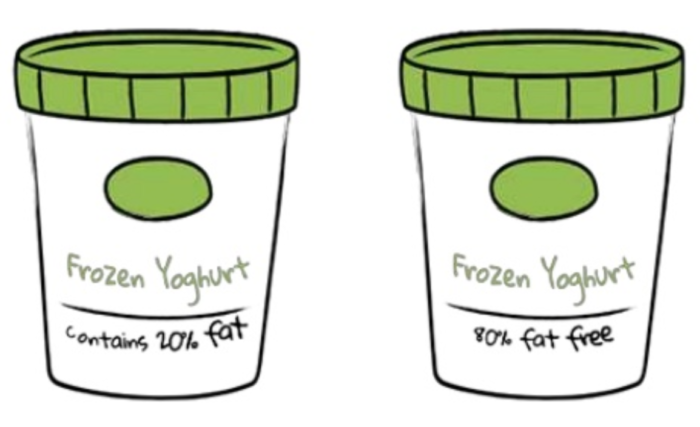It is 2020 and we have come a long way discovering a lot about human behavior, psychology, and how we as human beings perceives things. For instance, the same piece of information can be both, influential or manipulative, depending on its “frame”. This is what makes framing such an important aspect of marketing and branding.

Framing has played a key role in various businesses, ranging from insurance and health to crime and finance. To help you understand better, we have rounded up a list of frames below along with their influences on human psychology.
1. Gain Frames
As the name suggests, incorporating such frames will build a sense of certainty in your target audience about their gains in immediate future.
It works on the principle people always need certainty with gains. This also means, that your line of products needs to be risk-averse, guaranteeing the individual a guaranteed gain irrespective of the amount.
2. Loss Frames
In marketing, there is a very common saying, “Higher the risk, higher the reward.” This is exactly what forms the basis of loss frames.
Choosing a loss frame means that people and individuals would take risks, in a bid against higher reward. People will possibly risk a significant loss for a significant gain, rather than risking a guaranteed small loss for an insignificant gain.
3. Temporal Frames
Most people choose an immediate small reward, rather than a long-term reward. They just cannot delay their gratification; they want it at the moment.
This is just how human psychology works, in most cases, and forms the core for temporal frames.
4. Value Frames
Value frames are built on the fact that most humans respond to information that is affecting or will affect something they value.
For instance, the same piece of information can be framed with the interests, hobbies, and passions of their target audience, to make it more influential.
5. Goal Frames
We all want information that aligns us to our goals and helps us achieve them. This is what you need to keep in mind while goal framing.
Goal framing consists of normative, hedonic, and gain goals. When an individual is working for personal pleasure, they are called hedonic goals. On the other hand, normative goals are working for the benefits of the group and gain goals are when they are trying to accumulate some resource.
Now that you have understood the different types of frames in framing effect, and how incorporating each type of frame in your marketing efforts will help you achieve different results, it’s time for you to put it into effect!
















